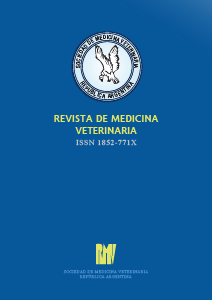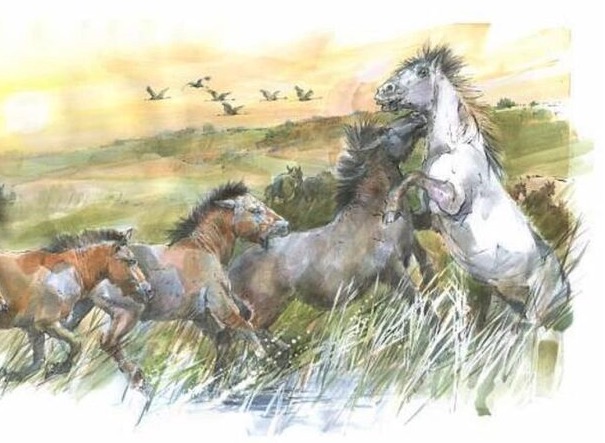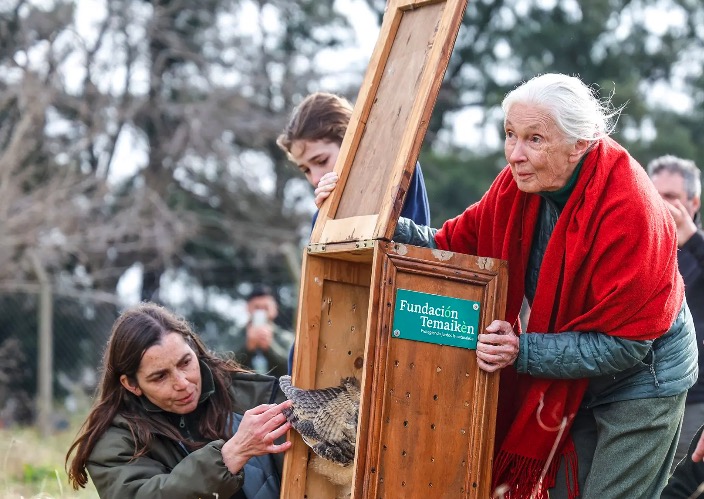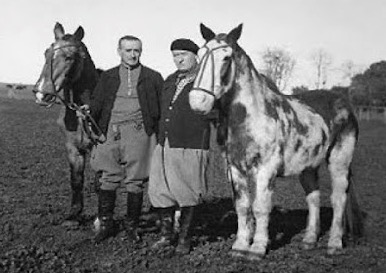La Argentina consolida mercados en Anuga 2025
- Detalles
- Categoría: Interés general
- Publicado: Martes, 07 Octubre 2025 18:17
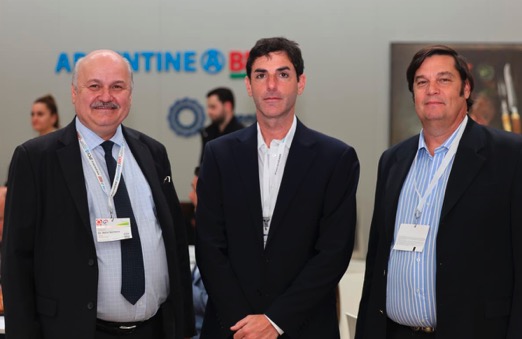
Funcionarios Nacionales, directivos del IPCVA y empresarios exportadores se lucen en la feria de alimentos que se lleva a cabo en Colonia, Alemania.
Martin Fernández, jefe de gabinete de la Secretaría de Agricultura, Agustín Tejeda, subsecretario de Mercados, Gastón Funes, agregado agrícola de la Argentina ante la UE y Santiago Bonifacio, Director Nacional de Cooperación Internacional acompañan al IPCVA en la feria de alimentos más importante de la Unión Europea.
“Desde la Secretaría impulsamos una agenda orientada al posicionamiento internacional de la carne argentina, la apertura de nuevos mercados y el cumplimiento de los marcos regulatorios que exigen distintos destino”, dijo Martin Fernández.
“No alcanza con tener la mejor carne del mundo: es necesario posicionarla y facilitar el acceso a los mercados internacionales, en un contexto de creciente competencia global”, agregó.
“El Instituto de Promoción de la Carne Vacuna Argentina trabaja de una manera integrada con las autoridades, tanto en las negociaciones internacionales y bilaterales como en los desafíos que se presentan cotidianamente para acceder a estos mercados tan exigentes”, comentó por su parte Georges Breitschmitt, presidente del IPCVA.
Según Fernández, “en el caso de Europa, a través de la Agregaduría Agrícola, desarrollamos acciones conjuntas con el sector privado, tanto ante la Comisión Europea como frente a las cámaras de importadores de los distintos países de la Unión Europea”.
Por su parte, Mario Ravettino, vicepresidente del IPCVA, agregó que “es por eso que este trabajo conjunto y la presencia de los funcionarios en las ferias se vuelve sumamente importante para satisfacer estas demandas”.
“También tener la posibilidad de que los funcionarios puedan dialogar con los empresarios, resuelve temas administrativos, temas de implementación de embarques o temas de mercaderías con contratos cerrados con las soluciones que se van dando de manera permanente”, agregó.
“La acciones que llevan adelante la producción ganadera y la industria frigorífica, coordinadas por el instituto, en el ámbito del posicionamiento y comercio internacional en ferias como Anuga resultan muy exitosas y un ejemplo para otras industrias”, concluyó el Jefe de Gabinete de la Secretaría de Agricultura.
El Pabellón Argentine Beef
Para la participación en Anuga 2025 el IPCVA desarrolló el Pabellón Argentine Beef sobre 850 m², con stands individuales para las 32 empresas exportadoras. Como es habitual, el pabellón tiene un restaurante de 40 mesas en donde los expositores reciben a sus clientes para degustar bife ancho y angosto a la parrilla.
Carne libre de deforestación
En paralelo a la visita de clientes a las 32 empresas exportadoras, y pese a que la normativa 1115 de la U.E. fue prorrogada, el IPCVA, presentó ante los importadores alemanes el sistema por el cual se va a dar cumplimiento a la exigencia de alimentos libres de deforestación.
Ante un auditorio específicamente construido para este evento dentro del Pabellón Argentine Beef, Adrián Bifaretti, del IPCVA, y Gerardo Leotta, del Consorcio ABC, fueron los encargados de desglosar los detalles de este sistema argentino.
Fuente: IPCVA.com.ar
